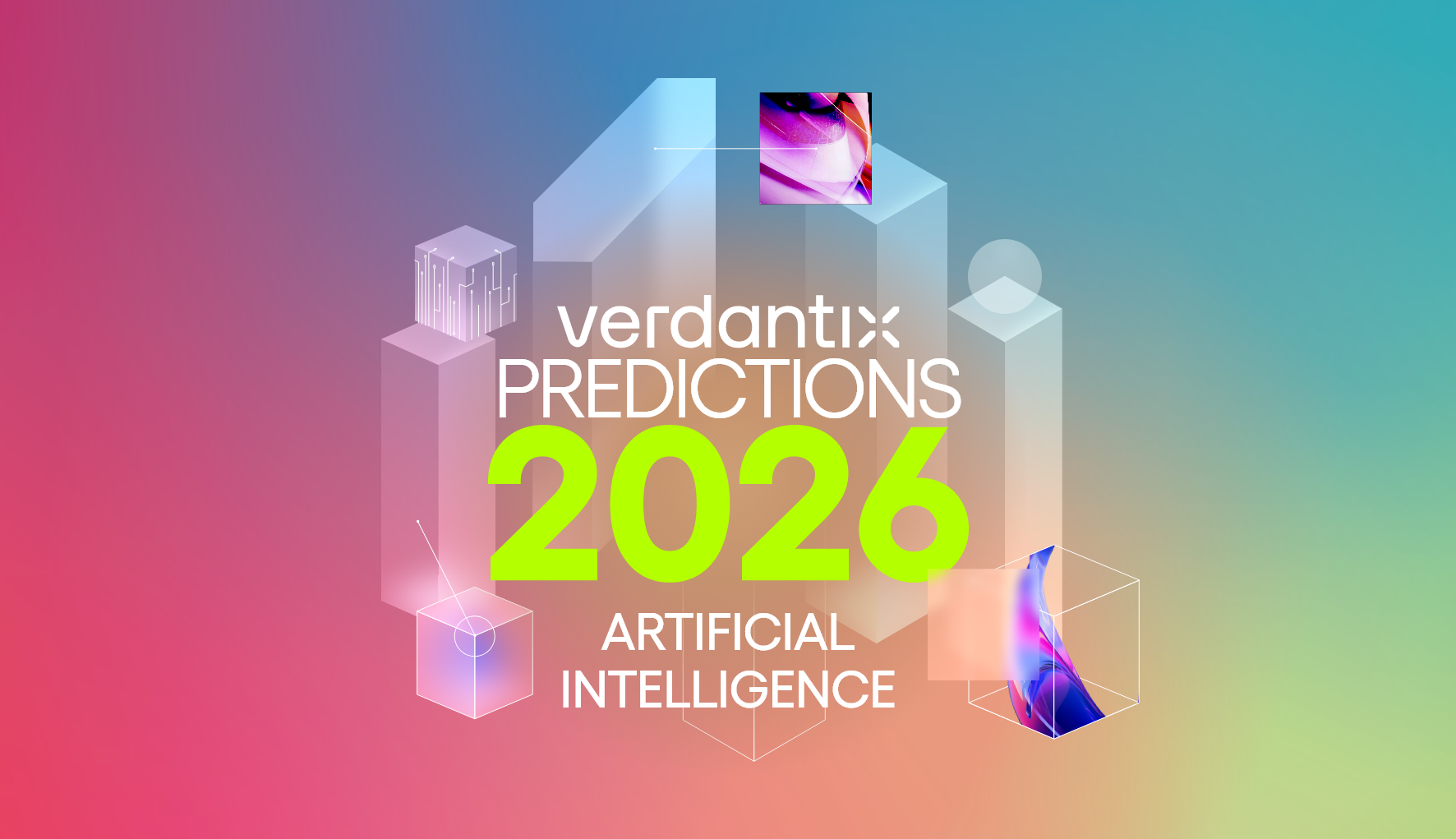Picking The Right Industrial DataOps Strategy For Your Firm’s Digital Maturity
Industrial firms racing to scale operations and improve their data management don’t need a silver bullet – they need a DataOps strategy that matches their digital maturity. In practice, the best outcomes often come from properly implemented DataOps platforms that layer in ontologies as complexity grows – but not all industrial organizations have the resources or expertise to go all-in from the get-go. Instead, many less mature firms tend to start with DataOps hubs that are simpler to set up.
Early in the data management journey, lightweight DataOps hubs help teams ingest PLC/SCADA data, visualize KPIs and prove value quickly. Open-source stacks, like the DIY-friendly MING stack, can provide a starting point – but tend to buckle under heavy load or closed-loop automation. At this point, organizations should step up to a more robust DataOps platform. Cloud-first and on-premises DataOps platforms abstract away integration with historians, MES and ERP, so engineers can correlate real-time signals to the condition of their industrial assets within hours, not weeks – shifting maintenance from reactive firefighting to targeted, planned interventions.
As analytics scale across sites, inconsistency becomes the real bottleneck: tag names, hierarchies and KPI definitions don’t align, and a single taxonomy isn’t enough. Some teams adopt a unified namespace to impose consistent structure across plants. It’s quick to manage and great for harmonizing the basics, but rigid hierarchies struggle when relationships are non-linear or context-dependent – exactly where advanced AI analytics shine. That’s where ontologies enter the conversation. Ontology-centred DataOps models concepts and relationships across OT, IT and ET, so that operators and tools can interpret data consistently. Many models begin with standards like ISA-95 and extend to support AI-driven use cases: linking maintenance logs to process anomalies, aligning KPIs across business units, powering digital twins and more. The most durable systems blend DataOps platforms with ontology; the platform governs data quality, security and access, while the ontology carries shared meaning through every pipeline, dashboard and model.
For systems that are fragmented with poor real-time visibility, decision-makers should go platform-first to centralize access to SCADA, historians and MES, delivering benefits in visualization and basic analytics. As organizations begin to fuse OT, IT and ET data – and use cases span sites and functions – they should introduce ontologies to capture relationships at enterprise scale. A practical progression is to centralize data, model a few priority domains (like rotating equipment or batch operations), then graduate to a richer ontology as needs expand to OEE benchmarking, energy intensity tracking, automated diagnostics and AI optimization. DataOps is a journey – firms can start with what accelerates value today, then evolve their modelling as the organization matures. Firms that align platforms and ontologies to where they currently are and where they’re headed will build a system that delivers tangible benefits today and compounding returns over time.
For more information about industrial data management and DataOps, read the following Verdantix reports: Green Quadrant: Industrial Data Management Solutions 2025, What The Board Needs To Know: The Industrial Data Management And AI Analytics Market In 2025, Strategic Focus: Industrial Customer Insights Into AI And Data Management Solutions.
About The Author

Robin Sureda-Tasis
Analyst




